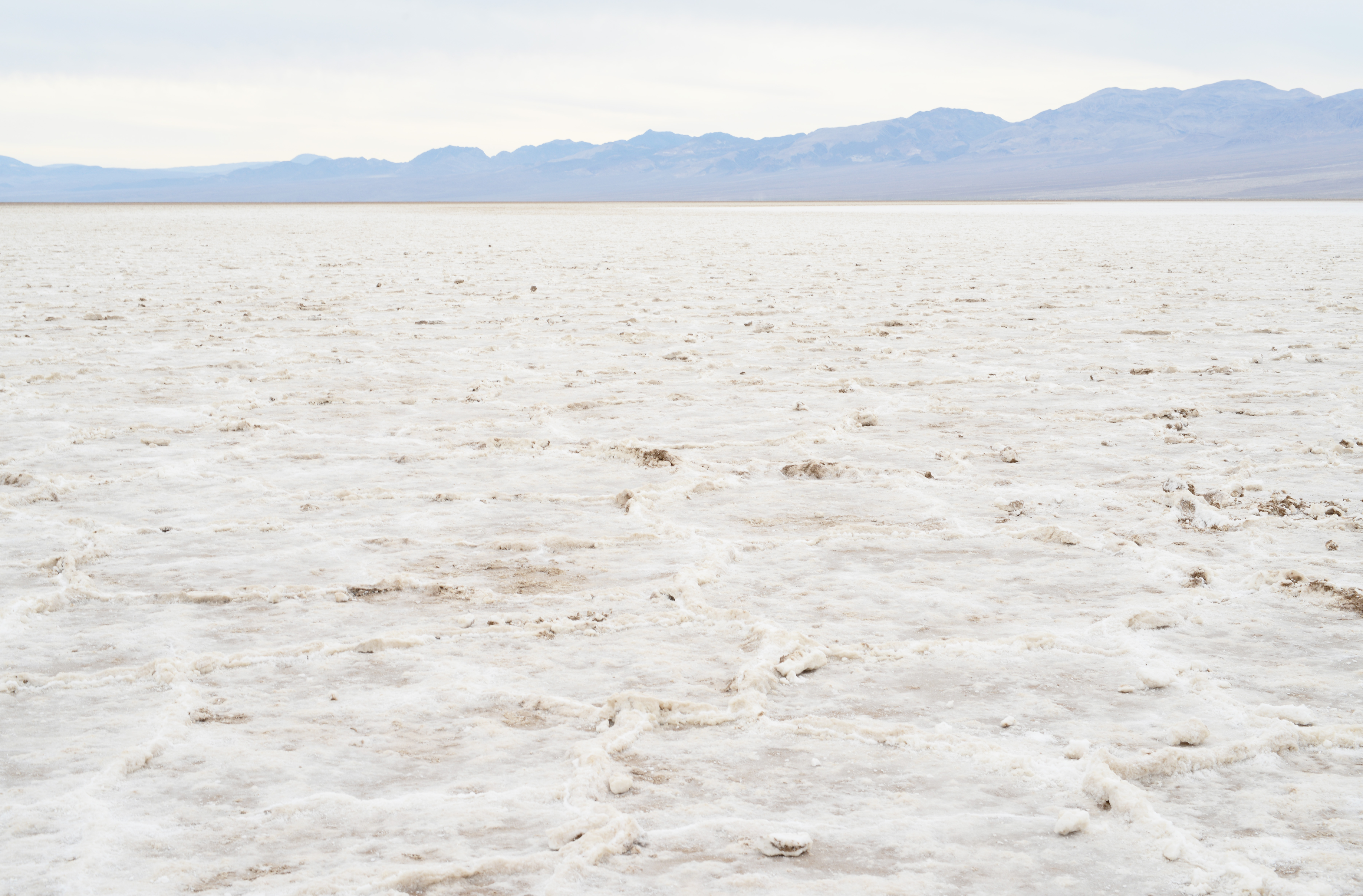Desert Dwelling is a research project conducted by Associate professor Christine Hansen and Independent artist Line Anda Dalmar. The desert is used as a site and framework to reflect on landscape, environment and time. In addition, Desert Dwelling endeavor to explore the act of observation and documentation. The project uses common methods such as photography, video and sound. Also, we employ more time-consuming (and perhaps obsolete) observation and documentation means such as drawing, casting, older photographic tecniques and watercolor painting. This is done with the assumption that different observation methods render the world differently, and provide noninterchangeable information. The study took place mainly in and around Death Valley and Joshua Tree and had a processual method. We selected a place in the desert and stayed there until we found something interesting to work with. Every day, we made experiences that we built on the next day. The working method focused on the fluid relationship between process, work and documentation.
Our focus has been on the desert for several reasons. Desert areas cover 1/3 of the globe, where the Antarctica is the largest. These are vulnerable places and extreme habitats that are both concrete and metaphorically related to environmental change. The areas are usually regarded as hostile for humans and are thinly populated. Deserts represent a great contrast to postmodern urban communities that are characterized by a flow of cultural signs. While the city seems to be full of meaning, a desert landscape can be perceived as meaningless. At the same time, the desert has a great symbolic meaning in the culture. This applies, for example, to the Bible and the desert wandering of Moses, and not least an expanded cultural field, through literature, films, art and photography. The virtual film CARNE y ARENA (2017) (Virtually Present, Physically Invisible) from 2017 allows the viewer to cross the border between Mexico and the United States through the Sonoran desert. In recent years, several deserts in Mexico and Africa have become dangerous routes for refugees who want to go to the West.
